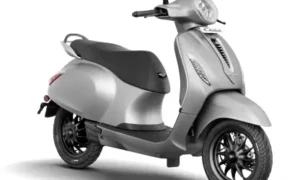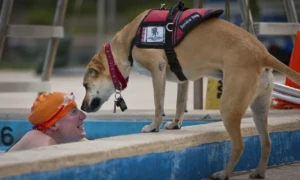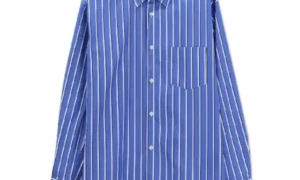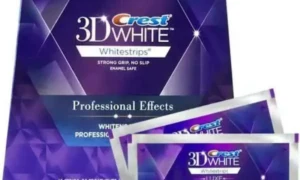Custom apparel is a booming industry, with businesses and hobbyists alike seeking new and innovative ways to create unique, eye-catching designs. One technology that’s quickly gaining momentum in this field is Direct to Film (DTF) transfers. If you’re curious about what DTF transfers are, how they work, and why they’re becoming so popular, this blog will guide you through the essentials.
What are DTF Transfers?
DTF transfers are a method of printing designs on fabric by using a specialized film and powder adhesive. Unlike traditional methods such as screen printing or direct-to-garment (DTG), DTF transfers offer greater versatility and a simpler application process. The result is vibrant, durable, and detailed designs that can be applied to a wide range of fabrics.
How Do DTF Transfers Work?
Here’s a basic overview of the DTF transfer process:
- Design Creation: The first step is to create your design using graphic design software. You can use any combination of colors, shapes, and text to craft your unique artwork.
- Printing on Film: Once the design is ready, it’s printed onto a special transparent film using a DTF printer and compatible inks. The design is usually printed in reverse, allowing for proper orientation during transfer.
- Applying Adhesive Powder: After printing, a powdered adhesive is applied to the film’s inked side. This adhesive will allow the design to adhere to the fabric when heated.
- Curing the Film: The adhesive powder is then cured through heat, ensuring it’s evenly distributed and ready for application.
- Heat Pressing: The cured film is placed onto the fabric, and heat is applied using a heat press. The heat melts the adhesive, bonding the design to the fabric.
- Peeling and Finishing: Once the fabric cools, the film is carefully peeled away, leaving behind the vibrant design. The final step is to press the garment again to ensure the design is fully set.
Why DTF Transfers Are a Game-Changer
DTF transfers offer several significant advantages over other custom apparel methods:
- Versatility: DTF transfers can be applied to a wide variety of fabrics, including cotton, polyester, and blends. This flexibility makes them suitable for diverse applications, from t-shirts and hoodies to hats and bags.
- Vibrancy and Detail: The high-quality inks used in custom DTF transfer produce vibrant colors and detailed designs. This allows for intricate artwork without compromising quality.
- Durability: DTF transfers are durable, with the ability to withstand repeated washing and wear. This makes them ideal for custom apparel that sees regular use.
- Lower Entry Barrier: Compared to other methods like DTG, DTF transfers require less expensive equipment, making it more accessible for small businesses and individual creators.
- No Pretreatment Needed: Unlike DTG, DTF transfers do not require pretreatment of the fabric, saving time and simplifying the process.
Tips for Using DTF Transfers
If you’re interested in exploring DTF transfers, here are some tips to help you get started:
- Choose the Right Equipment: Invest in a quality DTF printer and heat press to ensure consistent results.
- Experiment with Different Fabrics: Test your transfers on various fabrics to understand how they react to heat and pressure.
- Follow Manufacturer Guidelines: Always follow the guidelines provided by your DTF equipment manufacturer to ensure safety and optimal results.
Conclusion
DTF transfers are revolutionizing the custom apparel industry by offering a versatile, vibrant, and durable method for creating unique designs. Whether you’re a business owner, hobbyist, or artist, DTF transfers provide an exciting opportunity to bring your creative visions to life. With the right equipment and a bit of practice, you can start producing high-quality custom apparel that stands out from the crowd.









































